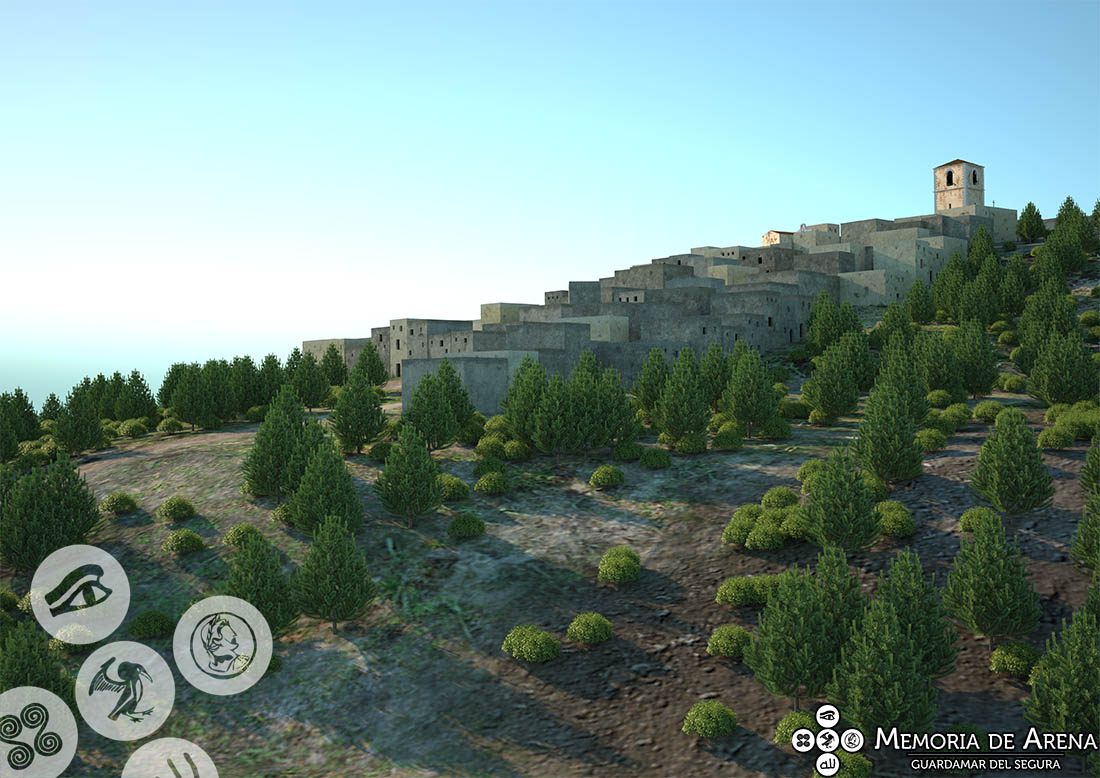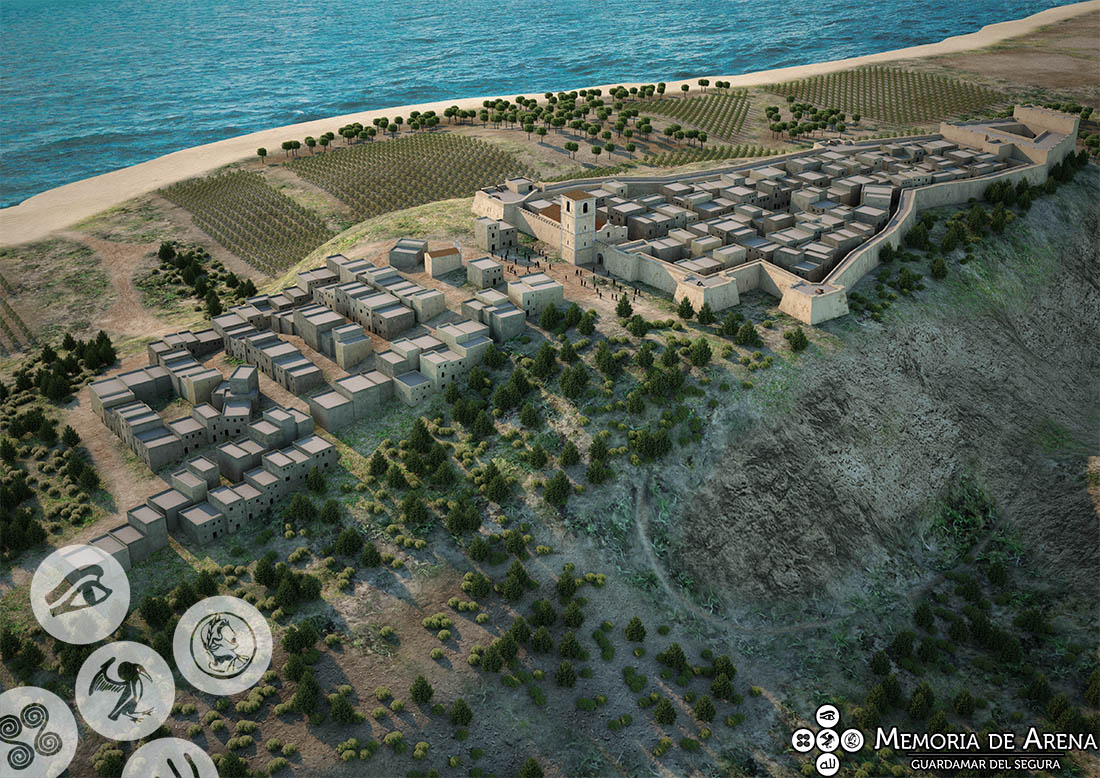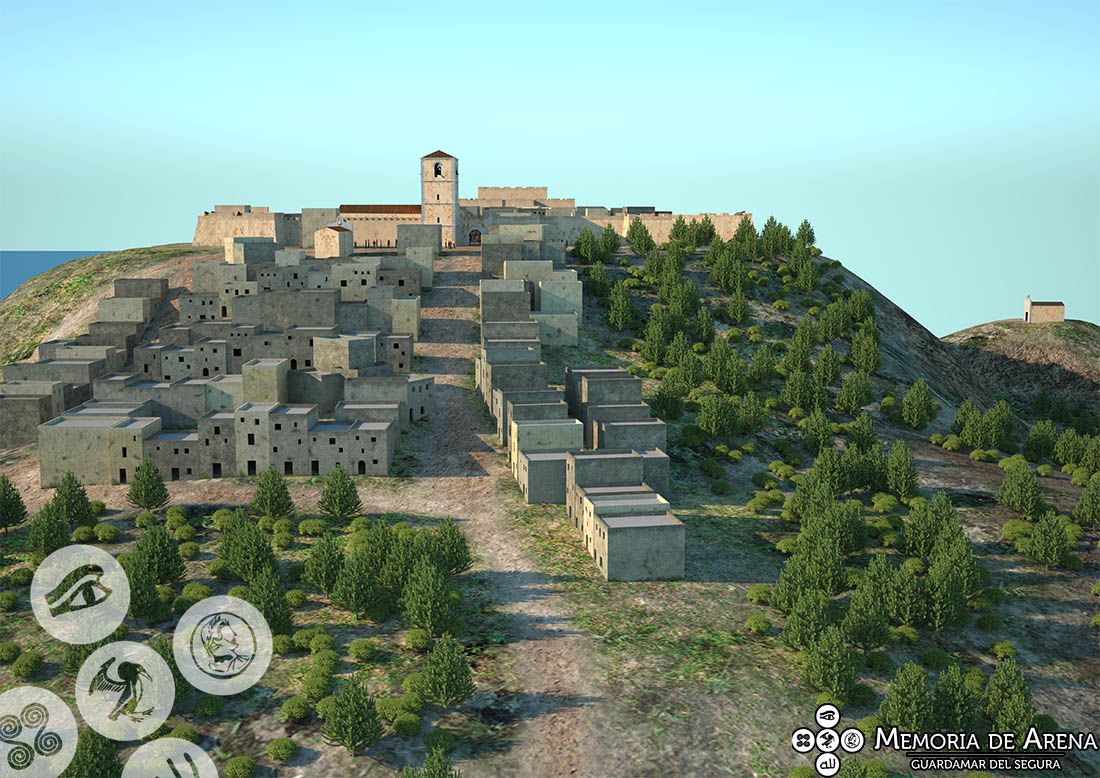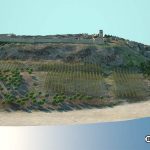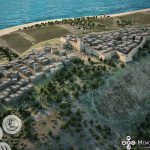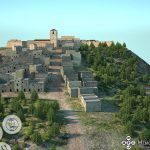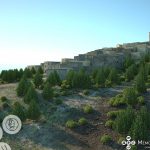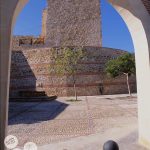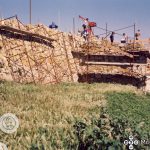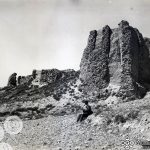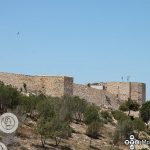The River Segura’s estuary has been a perfect environment for the exploitation of natural resources and trade since ancient times. It was a prime location for navigation and new settlements. From the horizon sailors saw a high hill surrounded by a very different landscape to the one we have today. It became a visual reference of crucial importance for navigation although the hill was not only a coastal reference. From its height one could see all the surrounding territory from the Cape of Santa Pola and the island of Tabarca to Cape Cervera. It was also a lookout both to the estuary, which was the river’s mouth in ancient times, and the plains and marshlands, where there is now the final stretch of the river. There were small mountain ranges further inland that extended to higher summits to the north.
Several ancient civilisations knew of the importance of this hill. It is hardly surprising that it was linked to religious practices. Probably, a market sanctuary was founded here, a place where sailors could thank their gods for a safe journey. They would also ask for protection and divine grace to continue their maritime conquests. In short, a meeting place where men and gods met. Archaeology tells of a long lasting activity in this regard. From the Phoenicians, and their worship of Astarte, to perfume burners with female faces representing an Iberian goddess or remains of votive offerings from the Roman world, including a small bronze statue of the god Mercury. A number of Islamic period burials oriented to the southeast have been found although they were partially destroyed by the 14th c. AD Christian walls. This makes us think of hermits or Muslim holy men, who would enjoy their spiritual hilltop retreat. All these archaeological finds tell us that the hill, throughout time, has been a mystical and sacramental site, a landmark of symbolic and religious significance by the sea.
It was in the late 13th c. AD when the place became a crucial space for the location of a new town at the request of king Alfonso X, the Wise, after the conquest of the Islamic Almohad Kingdom of Murcia. The town was named Guardamar and surrounded by a palisade. Its main purpose was to watch the coast and the River Segura’s mouth. In the early 14th c. AD, Guardamar became a part of the Crown of Aragon under the sovereignty of King Jaume II. It became a Royal Town with its own Council, being the lookout for the maritime defence of the capital city of the Orihuela Government in the Kingdom of Valencia. With growing fears of raids from the Moorish Kingdom of Granada, the town’s fortification was reinforced. A defensive spear and shield wall was built, perfectly adapted to the terrain. It had 5 masonry rectangular plan towers. There was a slope at the bottom and chained masonry in the corners. These towers were finished off with an upper body of rammed earth, separated by a distance of about 50 metres, linked by a lower masonry socket. These towers were all on the eastern wall, meaning that it was clear that the greatest risk to the town came by sea, guiding the defences towards the coast.
ln the last third of the 14th c. AD, during the “War of the Two Peters”, Guardamar lost its status as a Royal Town and became a dependent village of Orihuela. However, despite the loss of its municipal independence, and after successive episodes of destruction in the late Middle Ages, the walled town experienced a revitalisation of trade and economic activities in the 15th century. This attracted new settlers and the attention of North African pirates, who harassed the eastern peninsular coasts in search of booty and captives they would trade in distant lands to the south. During the mid-16th century, Guardamar’s defences had become outdated and had been badly rebuilt. This will be the reason for new walls adapted to gunpowder and the new challenges posed by Barbary pirate attacks. This is how the Italian engineer, Gianni Baptista Antonelli, designed the walls’ reform project. He considered they had to be setback with a large smooth canvas without turrets. In addition, the new Renaissance architecture included new defences made up of a pincer formed by two small bastions in the northwest, over the River Segura, and an artillery platform: the Gunpowder Bulwark.
After several failed attempts, Guardamar recovered its status as a Royal Town in 1692, under the reign of King Charles II. Nevertheless, the survivability of Guardamar town would be tested again following a series of earthquakes which, in the early 19th century, destroyed many of the defensive structures and the town plan. This marked the end of the walled city and the population was forced to build a new town at the foot of the old one. In the 20th century, there was a renewed interest by the people of Guardamar to rescue part of the past splendour of the ancient medieval and modern age town. The School-Workshop Castell de Guardamar was established. The school conducted a series of archaeological campaigns, followed by consolidation works and architectural restoration of certain areas in the site. The Bulwark Tower, a major landmark since it overcame the 1829 earthquake, became a museum space.
